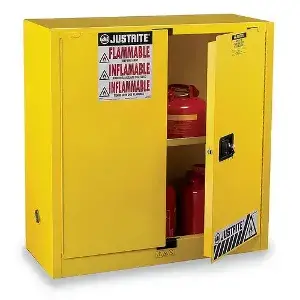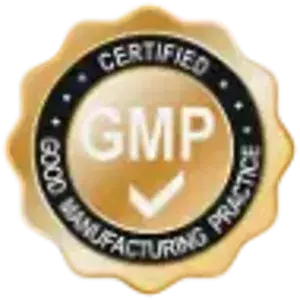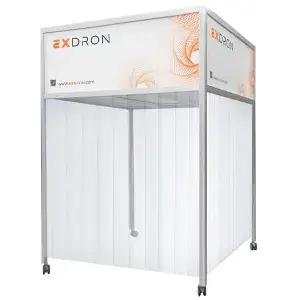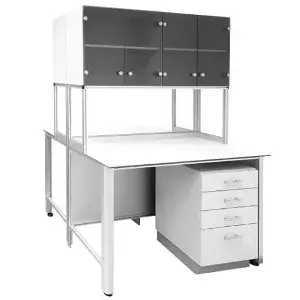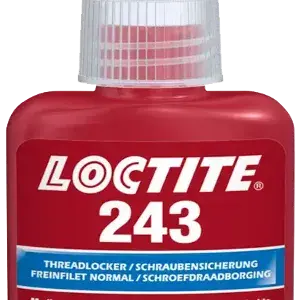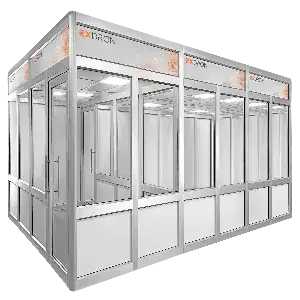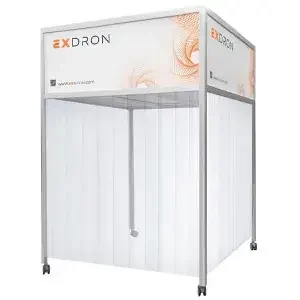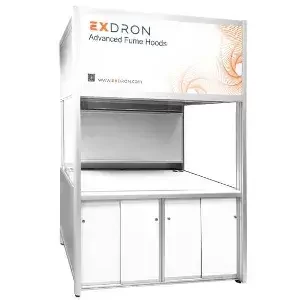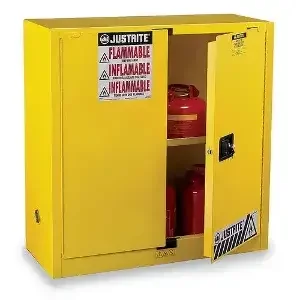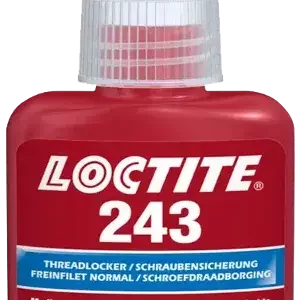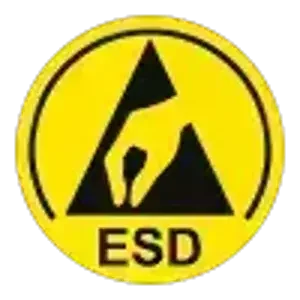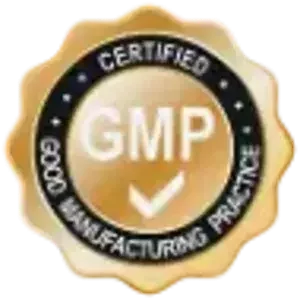Cleanroom Air Changes Guidelines
Guidelines for cleanroom air changes are essential for preserving the appropriate degree of hygienic conditions and managing particle pollution in confined spaces. The classification of the cleanroom, industry norms, and particular operational requirements all influence how many air changes are needed. The following is a general summary of the rules regarding cleanroom air changes:

Recognize Cleanroom Classification:
The highest quantity of particles per cubic meter at a certain particle size is the basis for classifying cleanrooms. Common categorization standards include Federal Standard 209E and ISO 14644.
Establish the Cleanroom Class: Choose the cleanroom class that is necessary for your application by considering the sensitivity of the product and procedure that will be handled.The cleanest class, ISO Class 1, is followed by ISO Class 9, which is the least clean.
Consult Industry Standards: For information on cleanroom design and operation, review pertinent industry standards and recommendations. These guidelines offer suggestions for air change rates according to cleanroom class and certain tasks carried out in the cleanroom.
Determine the Air Change Rate: Calculate the cleanroom’s necessary air change rate (ACR) according to its size and classification. The number of air changes per hour (ACH) needed to reach and maintain cleanliness levels is how ACR is commonly represented.
Think About Polluted Sources: Determine the sources of particle contamination in the cleanroom, which may include people, machinery, procedures, and incoming air. To keep everything clean and rid of impurities, the air change rate needs to be enough.
Execute HVAC System Design: Create an HVAC (heating, ventilation, and air conditioning) system that will maintain the cleanroom’s temperature, humidity, and pressure control while supplying the necessary ACR.
Keep an eye on and manage airflow: Install filters, airflow control devices, and air handling systems to guarantee even air distribution and efficient pollution removal. Regularly check airflow patterns to spot any irregularities or disturbances and take appropriate action.
Verify the effectiveness of the cleanroom: Perform validation tests, such as particle counts, air velocity, and pressure differentials, to confirm that the cleanroom satisfies the required cleanliness standards. To reach the appropriate levels of cleanliness, adjust air change rates as needed.
Record and Preserve Records: Maintain thorough documentation of the planning, building, running, upkeep, and performance testing of your cleanroom. Keep track of any rules violations and the corrective measures you took to rectify



